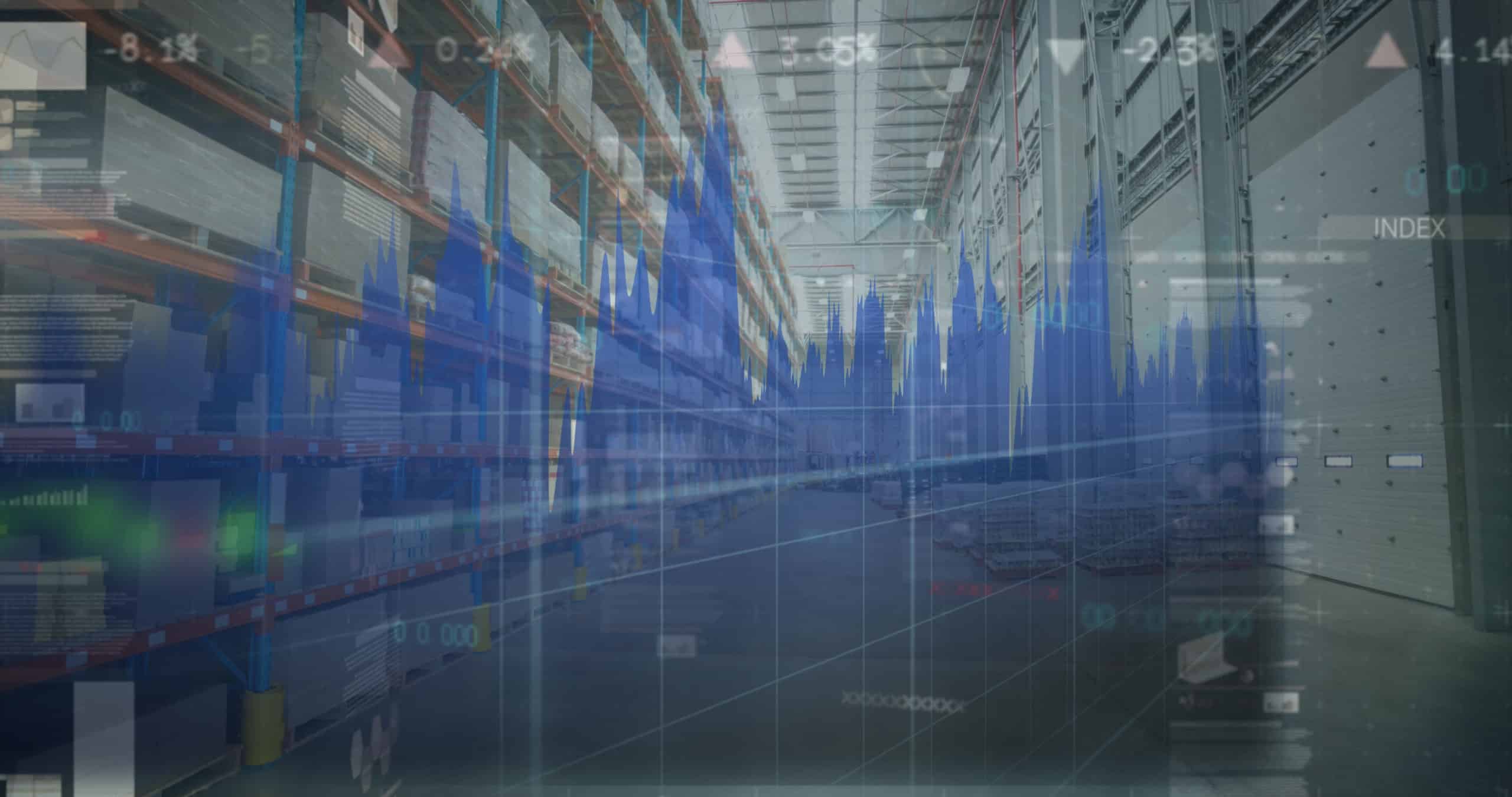Regardless of the industry, organisations have experienced well-documented disruptions the past two years. In addition, macro factors are impacting supply chains due to increasing regulation (driving self-sufficiency in critical industries), shifting demographics (with a significant change in buying patterns), rise of automation, and ESG priorities.
Each global, regional, and domestic supply chain must endure and absorb these disruptions, with many industry sectors facing ongoing shocks. The rising cost of fuel and energy, labour market skill shortages, and material supply challenges are only a few examples that supply chain managers must deal with.
In Australia, fuel prices have risen as much as 45.4% ver the past 12 months. Wholesale energy prices by state have as little as doubled and as much as quadrupled from the first to the second quarter of 2022.
Long held assumptions around how supply chains are run and operated are now coming under assault. This article gives insights into how successful organisations have reduced complexity and uncertainty across their extended supply chains. Things have changed, and so must supply chains of the future.
We believe these three capabilities enable efficiency and agility:
- Create visibility across end-to-end supply chain by building a digital twin to stress test the supply chains through conducting ‘what-if’ modelling
Digitisation of the supply chain enables agile orchestration of the full value chain in a more dynamic way. A digital twin provides continuous optimisation of network assets, inventory, demand, and supply, enabling “what if” scenario planning, agile response to opportunity or risk, and faster more informed decision making. Managing supply chain disruptions and shocks becomes easier with a broader, integrated view of the impacts and available options to mitigate risks, gaps, and constraints. Business continuity scenario planning and testing can be conducted using real data, identifying the end-to-end implications, and plotting the optimal course of action. A digital twin helps optimise continuously, both in times of supply chain disruption and when operating under normal parameters.
- Developing an agile operating model that can adapt swiftly to these rapidly changing market conditions, in order to maintain the required customer service levels at an agreed and understood cost-to-serve
The future supply chain is optimised with an end-to-end operating model. The journey to a future, digitally enabled operating model starts with a clear vision for your supply chain and knowing how this strategy materialises in operational execution to meet the new customer experience required to successfully grow your organisation.
Your operating model should connect vision and execution through an end-to-end supply chain covering 7 key elements:
- Organisational design
- Processes
- People & capabilities
- Performance measures
- Governance & reporting
- Systems & technology
- Network infrastructure
Combining these elements provides a future state target operating model. Leveraging a digital foundation, the future operating model will effectively co-ordinate and control your supply chain activities unlocking efficiency benefits and enabling rapid, sense & respond capability driving operational agility.
- Implement an augment Sales & Operations Planning (S&OP) process with sharing the continuous optimisation and scenario modelling insights with each process stakeholder
Augmenting your S&OP or Integrated Business Planning (IBP) process with the insights and optimised outputs of digital twin scenario modelling will highlight potential shortfalls allowing appropriate actions to be taken before they affect business results or customer service. Prepared and evaluated end-to-end scenarios and options will focus the overall S&OP/IBP process, becoming an effective catalyst for collaboration across the business and providing essential information for decision making.
Written by Henry Brunekreef, Regional VP, Coupa Supply Chain and Chris Foord, Associate Partner, Argon & Co. Argon & Co and Coupa work closely together to deliver digital twins in the APAC region providing best of breed solutions to our clients.







